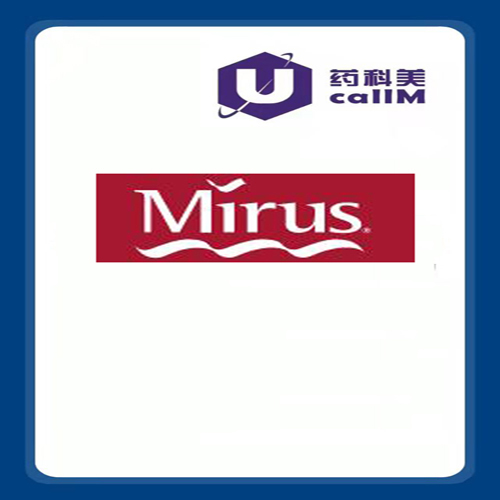mirusbio 产品代理

mirusbio 产品代理
AAV Production
Antibiotics
Baculovirus Production
CRISPR
DNA Transfection
Electroporation
Endotoxin Removal
In Vivo Delivery
Labeling
Lentivirus Production
Media & Supplements
mRNA Transfection
Oligo
Protein Production
siRNA/miRNA Transfection
Mirus was founded on the principle that non-viral (i.e. plasmid DNA based) methods offer distinct advantages over viral methods of gene transfer. Our initial breakthrough in 1996 came with the development of a new type of transfection reagent that combined high efficiency delivery with low cellular toxicity: TransIT®-LT1 (Low Toxicity) Reagent remains the “gold standard” for broad-based gene delivery applications.
Following this path, Mirus continued the development of a wide range of non-viral delivery technologies using proteins, polymers, and lipids in conjunction with novel chemistries that provided unique nucleic acid delivery capabilities. In 2001, our scientists applied the fundamentals of delivery to the emerging field of RNA interference and introduced the first transfection reagent specifically designed to deliver siRNA with the highest efficiencies: TransIT-TKO® Transfection Reagent.
While developing and commercializing the most relied upon transfection reagents, our commitment to the research community reached beyond delivery technologies, offering scientists tools from our bench: The Label IT® non-enzymatic nucleic acid labeling, a method of choice for studies of intracellular nucleic acid tracking. The Label IT® technology employs proprietary chemistry to covalently attach labeling molecules to DNA and RNA. This simple one-step process is faster and more robust than traditional multi-step enzymatic labeling, and can be used for intracellular tracking, chromosome analysis, and microarray labeling.


